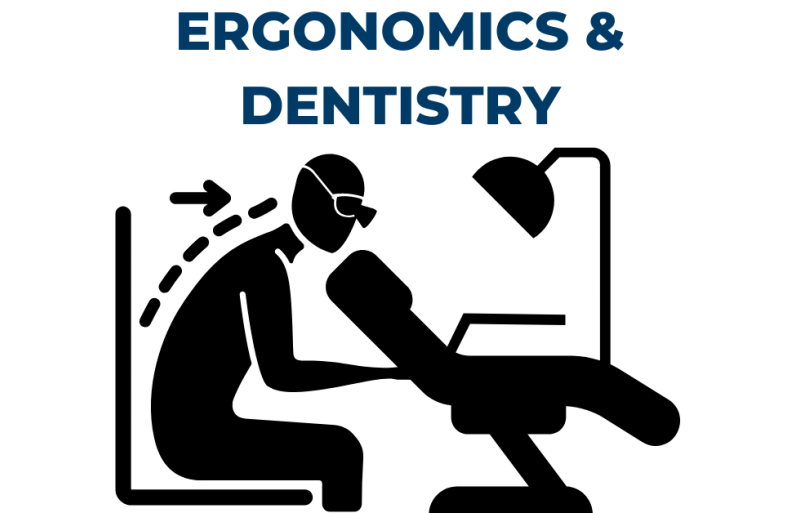Factory automation refers to the use of technology to automate manufacturing processes, minimizing or eliminating human intervention. It integrates hardware (like sensors and robots), software (like control systems), and networks (like industrial IoT) to enhance efficiency, productivity, safety, and consistency in manufacturing.
The factory automation market is projected to grow from US$ 181.45 billion in 2023 to US$ 340.78 billion by 2031, expanding at a CAGR of 8.2%. Growth is driven by:
- Demand for efficiency and smart manufacturing
- Integration of machine vision systems with deep learning
- Expansion of Industrial IoT (IIoT) and cloud-based automation
Source: The Insight Partners
1. ABB Ltd. (Switzerland)
- Key Focus: Robotics, electrification, and motion solutions.
- Strengths:
- Leader in industrial robots and collaborative robotics.
- Strong digital offerings under ABB Ability™ platform.
- Recent Moves:
- Investments in AI-driven automation.
- Expansion in EV manufacturing automation.
2. Emerson Electric Co. (USA)
- Key Focus: Process control, automation solutions, and smart instrumentation.
- Strengths:
- Industry-leading Plantweb™ digital ecosystem.
- Strong presence in oil & gas, chemical, and power sectors.
- Strategic Shift:
- Emphasis on software, AI, and digital transformation.
3. Fanuc Corporation (Japan)
- Key Focus: CNC controls, industrial robots, and robotic automation.
- Strengths:
- Global leader in robotics with high-speed, high-precision systems.
- Known for reliability and long product lifecycle.
- Innovation:
- AI-enabled predictive maintenance systems.
4. General Electric (GE) (USA)
- Key Focus: Industrial software, automation in energy and aviation.
- Strengths:
- GE Digital provides advanced analytics and asset performance management.
- Digital twins and industrial IoT via Predix platform.
- Current Strategy:
- Spinning off legacy divisions to focus more on digital and automation.
5. Mitsubishi Electric Corporation (Japan)
- Key Focus: Factory automation equipment, mechatronics, and motion systems.
- Strengths:
- iQ Platform: Integrates PLCs, HMIs, and CNCs into a unified control system.
- Strong APAC and automotive industry presence.
- Innovation:
- Development of edge computing and AI-integrated PLCs.
6. Honeywell International Inc. (USA)
- Key Focus: Smart manufacturing, connected systems, and process automation.
- Strengths:
- Honeywell Forge platform for enterprise performance management.
- Robust cybersecurity and industrial safety solutions.
- Strategic Vision:
- Expanding AI and cloud-based analytics in industrial settings.
7. OMRON Corporation (Japan)
- Key Focus: Sensing, control, and robotics.
- Strengths:
- Leading in factory automation sensors and safety equipment.
- Pioneers in collaborative robotics and machine vision systems.
- Innovation:
- AI-based inspection systems for electronics and healthcare.
8. Rockwell Automation, Inc. (USA)
- Key Focus: Industrial automation, control systems, and digital transformation.
- Strengths:
- Flagship Allen-Bradley control products and FactoryTalk software.
- Strategic alliances with Microsoft and PTC for digital innovation.
- Vision:
- Full integration of IT and OT (Operational Technology).
9. Siemens AG (Germany)
- Key Focus: Automation, digitalization, and smart manufacturing.
- Strengths:
- Totally Integrated Automation (TIA) Portal and SIMATIC PLCs.
- Industry 4.0 leadership with MindSphere IoT platform.
- Expansion:
- Deep investments in AI, digital twins, and green manufacturing.
Get Sample Report to Know More- https://www.theinsightpartners.com/sample/TIPRE00009863
⚙️ Key Components of Factory Automation
- Control Systems
- PLCs (Programmable Logic Controllers) – Direct machine operations.
- SCADA (Supervisory Control and Data Acquisition) – Monitor and control processes.
- DCS (Distributed Control Systems) – Ideal for large continuous production.
- Robotics
- Industrial Robots – Handle tasks like welding, assembly, painting.
- Collaborative Robots (Cobots) – Work safely alongside humans.
- Sensors & Actuators
- Sensors – Gather data (temperature, speed, position, etc.).
- Actuators – Move or control a system (valves, motors).
- Human-Machine Interface (HMI)
- Provides a dashboard for operators to monitor and control equipment.
- Industrial Networks
- Communication systems like Ethernet/IP, PROFINET, and Modbus connect machines and systems.
- Software & AI
- MES (Manufacturing Execution Systems) for production management.
- AI & Machine Learning for predictive maintenance and quality control.


